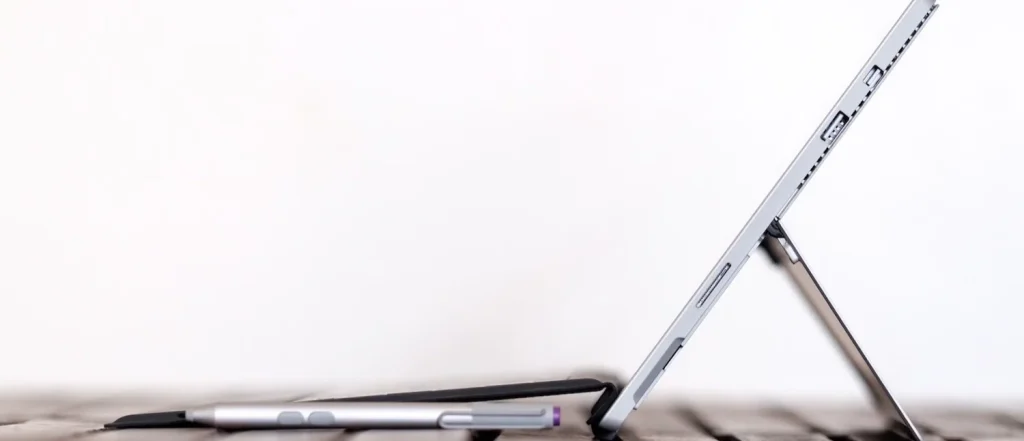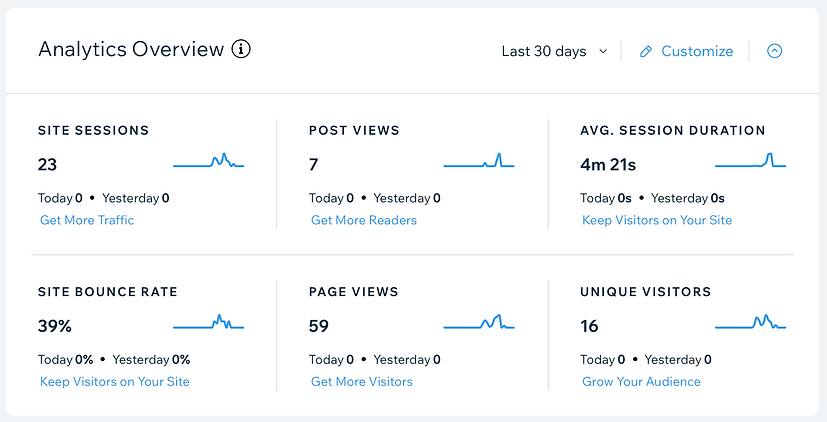Custom Design Services
Our comprehensive suite of professional services caters to a diverse clientele, ranging from homeowners to commercial developers.
- Introduction to Web Design
Web design is the process of creating and designing websites. It involves several elements such as layout, color schemes, typography, and user experience (UX) design, all aimed at creating a functional and aesthetically pleasing online presence. A well-designed website is essential for businesses, individuals, and organizations to effectively communicate their message, engage visitors, and meet their goals.
Key Aspects of Web Design:
- Visual Appeal: A visually attractive website draws visitors and creates a positive first impression.
- Usability: A user-friendly website ensures visitors can easily navigate, find information, and interact with content.
- Responsive Design: Websites should look and function seamlessly on all devices—desktops, tablets, and smartphones.
2. The Importance of Good Web Design
In today’s digital world, your website is often the first point of contact between your brand and potential customers. Here’s why good web design is crucial:
- First Impressions Matter: Studies show that users form an opinion about a website in a matter of seconds. If your site is poorly designed, visitors may leave immediately.
- Brand Credibility: A professional design conveys trust and establishes authority in your field, boosting credibility with your audience.
- Improved User Experience: Great design can simplify complex processes and improve how users interact with your site, leading to higher engagement and conversion rates.
- SEO Benefits: A well-designed site is easier for search engines to crawl and index, improving your chances of ranking higher on Google.
3. Key Elements of Web Design
a) Layout and Structure:
The layout refers to how content is arranged on the page. The goal is to ensure that the information is presented in a logical, easy-to-understand order. A common web design layout is the F-pattern, where users tend to scan the page in a “Z” or “F” shape.
- Header: Includes the site’s logo and navigation menu.
- Main Content Area: Where the bulk of your website’s content resides (text, images, etc.).
- Sidebar: An optional area to display additional information or links.
- Footer: Typically contains contact information, social media links, and legal details like privacy policies.
b) Color Scheme and Typography:
Colors evoke emotions and can influence how visitors perceive your brand. Consistent color schemes help with brand identity. Typography refers to the font choices and how text is styled—clear, legible fonts are crucial for readability.
c) Navigation:
Easy navigation ensures that visitors can find what they need without frustration. Well-structured menus and clear call-to-action (CTA) buttons are essential.
d) Responsiveness:
A responsive design adapts to different screen sizes and resolutions. With mobile web traffic growing, having a responsive website is no longer optional—it’s a must.
e) Loading Speed:
The speed at which your website loads impacts both user experience and SEO. A slow website can lead to higher bounce rates and a drop in search engine rankings.

4. Types of Web Design
Web design can take different forms based on the project requirements. Here are some common types:
- Static Websites: These websites have fixed content that doesn’t change unless manually updated. They are simple to design and often used for small business or portfolio sites.
- Dynamic Websites: Dynamic websites allow content to change based on user interaction or other variables. They typically use databases and server-side programming to deliver personalized content.
- E-commerce Websites: E-commerce web design focuses on creating online stores where users can browse products, make purchases, and complete transactions securely.
- Landing Pages: A single-page design focused on promoting a specific product, service, or event. Often used in digital marketing campaigns.
- Portfolio Websites: These are designed to showcase the work of artists, designers, photographers, and other creatives.
5. Web Design Trends
Staying up-to-date with current design trends is important to keep your website fresh and engaging. Here are some popular trends in web design:
- Minimalism: Simple, clean designs with lots of whitespace help highlight important content and create a sense of elegance.
- Dark Mode: A growing trend in UI design, where websites offer a darker background to reduce eye strain and provide a modern, sleek look.
- Microinteractions: Small animations or design elements that enhance the user experience, such as a button changing color when hovered over.
- Bold Typography: Large, eye-catching fonts are used to make a statement and grab the user’s attention.
- 3D and Immersive Elements: 3D designs, parallax scrolling, and interactive elements are increasingly popular for creating a more engaging user experience.
- AI and Personalization: Websites that adapt based on user behavior, showing personalized content and recommendations.

6. The Web Design Process
The process of designing a website can be broken down into several key stages:
- Discovery and Planning:
- Understanding the client’s goals, target audience, and branding.
- Researching competitors and industry best practices.
- Mapping out the site structure (sitemap) and planning functionality.
- Wireframing and Prototyping:
- Creating wireframes (basic sketches) to outline the layout and functionality of the website.
- Developing prototypes to test the user experience and interactivity.
- Design and Development:
- Finalizing the visual design, incorporating branding elements, and selecting the color scheme.
- Writing the code to bring the design to life (HTML, CSS, JavaScript, etc.).
- Testing:
- Checking for bugs, broken links, and compatibility issues across different browsers and devices.
- Ensuring the website is optimized for performance and search engines.
- Launch and Maintenance:
- Launching the site and monitoring its performance.
- Regular updates and maintenance to ensure the website stays up-to-date and functional.
7. Conclusion: Why Invest in Professional Web Design?
While there are DIY website builders available, investing in professional web design offers numerous benefits, including:
- Tailored Designs: Custom-built sites that reflect your unique brand and goals.
- Better Performance: Faster load times, SEO optimization, and mobile-friendly design.
- Ongoing Support: Web designers provide continued maintenance and updates, keeping your site fresh and secure.
- Higher Conversion Rates: A well-designed site can increase trust, encourage visitors to stay longer, and ultimately convert them into customers.
A professional, well-crafted website can help set you apart from the competition and create a lasting impression that drives success


Questions?
Call 801-505-0700
Understanding your success will be associated with the quality and investment of your site
Logo Design Services
Please contact us today to discuss your needs either via email, online chat or phone. Visit our blog for affordable Logo designs and free icons. We usually provide “package” discounts on web and logo design including revisions at no additional cost.
Some basic information is required before starting such as color, shape and any slogans you may already have in mind. We can also incorporate any existing logos that you may already have into a new site design. Your business logo is an important step in establishing a lasting impression to your customers.
“Logos help people remember their experiences with companies” – David Airey
Website Analytics
Another feature we offer is website analytics. It’s free of charge for clients who wish to have this feature. There are several types of website statistic software available, and some are free while more advanced features have a small monthly fee.
- Clients can set up analytics themselves or we can do this and insert the tracking code site-wide.
With website analytics, site owners can view all their visitor traffic. This includes browsing time, where visitors come from, pages they visit and bounce rate. This will be especially handy if an advertising campaign is effective or not.
- Clients will receive an analytics snapshot by default which is a separate service from our web design services. All that is required to enable tracking on your website is a small snippet of code that we place within your site.
